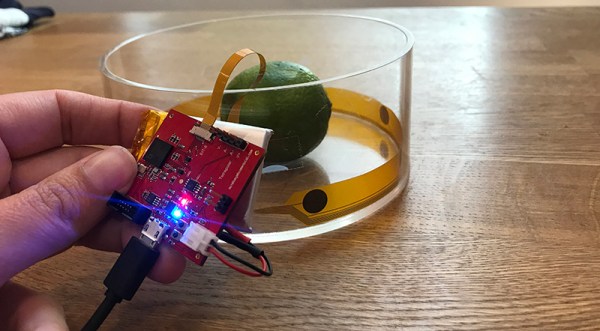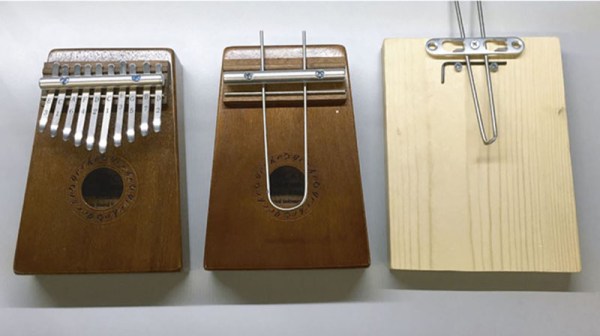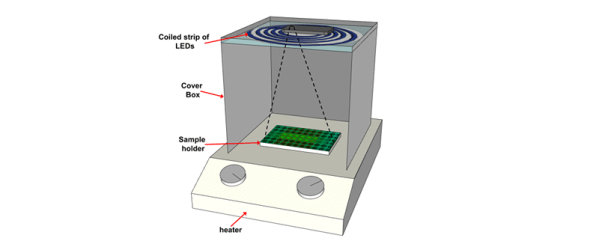It’s a reasonable certainty that 3D-printing is one day going to be a huge part of medicine. From hip implants to stents that prop open blood vessels to whole organs laid down layer by layer, humans will probably benefit immensely from medical printing. But if they do, the animals will get there first; somebody has to try this stuff out, after all.
An early if an unwilling adopter of 3D-printed medical appliances is [Jary], a 22-year-old Great Pied Hornbill, who recently received a 3D-printed replacement for his casque, the large, mostly hollow protuberance on the front the bird’s skull leading out over the upper beak. There’s no known function for the casque, but it had to be removed since cancer was destroying it and [Jary] wouldn’t have fared well post-surgically without one. Working from CT scans, the veterinary team created a model of the casque as well as a jig to guide the saw during surgery. There’s no word on what filament was used, but we’d guess PLA since it’s biocompatible and available in medical grades. The video below shows some of the surgery; it’s interesting to note that the prosthetic started out natural colored but quickly turned yellow as [Jary] preened with oils from glands near his tail feathers, just like a natural casque would.
Hornbills live to about 40 years old, so [Jary] is just middle-aged. Here’s hoping that he lives a long, happy life in return for being a pioneer in 3D-printing for medical and surgical appliances.
Continue reading “Bird Beats Cancer With The Help Of A 3D-Printed Prosthetic”




















